News
The Role of Blockchain in Democratizing Technology — Interview with Ankr — TradingView News

As the blockchain space expands into an ecosystem of different networks and protocols, interoperability becomes vital for Web3 to continue building the next and best version of the Internet.
Ankr, a Web3 infrastructure company, offers developers an all-in-one hub to build the future of the Internet on blockchain. With a globally distributed node infrastructure, Ankr provides multi-chain decentralized application (DApp) development tools, blockchain engineering services, crypto staking solutions, and a suite of developer products designed to simplify building and operating applications Web3.
In this interview, Ankr co-founder and chief technology officer Stanley Wu paints an in-depth picture of the state of Web3 and how decentralized physical infrastructures (DePIN) would shape its future.
Cointelegraph: Why do you think a decentralized web is vital?
Stanley Wu: Web3 is so vital because it offers expanded capabilities to support today’s most promising technologies in a way that doesn’t repeat the data conglomeration and abuses of the past. Web3’s ability to democratize, decentralize, and support open source AI models can enable faster, more secure creation and innovation.
For financial markets, Web3 has already pioneered tokenized assets, giving individuals more control and promoting a more efficient and transparent system. Finally, in the Internet of Things (IoT), Web3 enables secure data exchange and micropayments between devices, providers and users, simplifying interactions and promoting a more efficient interconnected ecosystem. And across all technologies and industries, blockchain will become the cornerstone of truth and verifiable information at a time when trust is sorely needed.
CT: As one of the longest-standing decentralized projects in the blockchain landscape, what is your opinion on the evolution of blockchain and Web3?
SW: Blockchain has come a long way since Ankr’s inception in 2017. We have always been very focused on promoting interoperability in the space. Now we see that this has always been critical as Web3 is moving towards modular scalability with so many different layers and ecosystems coming together.
Continuing the theme of collaboration, we can now share security between blockchains, allowing us to reuse the massive capital bases of chains like Bitcoin and Ethereum. This was a huge blockchain evolution for Ankr as we just announced our work with Babylon to enable proof-of-stake networks to tap into Bitcoin’s $1 trillion market cap BitcoinUSD for security, while providing BTC holders a way to stake and earn yield for the first time.
CT: Could you explain the concept of decentralized physical infrastructure networks?
SW: Decentralized Physical Infrastructure Networks (DePINs) leverage blockchain technology and cryptographic incentives to bring together assets that exist in the real world. This is an extremely powerful idea that Ankr has been working on constantly, as it can change the way we supply and purchase goods and services.
A DePIN blockchain can track the contributions of physical hardware to a network and reward people with tokens specific to that DePIN network. In this way, hardware providers earn tokens while network users make payments with them.
With Ankr’s DePIN network, our providers lend their blockchain nodes to serve incoming RPC traffic to our network and earn ANKR tokens. This traffic requires sending a transaction or querying data on the blockchain. At the same time, developers using the network can make payments for their access to ANKR’s servers, which rewards providers. In short, DePIN aims to create new digital economies that decentralize services.
CT: What are some of the latest trends and developments that the blockchain space is witnessing in the DePIN vertical?
SW: Blockchain has been explored with various DePIN projects involving decentralized networks of servers, cameras, machines, and all types of physical hardware. Everything built on Ankr-supported partner networks, such as IoTeX and Filecoin, is a great example of DePIN innovation. However, I think one trend that Ankr is definitely looking at is supporting AI models with DePIN.
CT: How would you describe Ankr’s role in the evolution of Web3, specifically in the DePIN context?
SW: Ankr was one of the first to really explore DePIN in building widespread node infrastructure as the foundation for Web3. Our original white paper focused on building decentralized cloud services that could serve applications from machine learning to virtual reality to IoT using the ANKR token as an incentive.
Next, we focused on a decentralized network of blockchain nodes that power the technology’s transaction and data request requirements. Currently, our role is to provide the infrastructure to make it possible to build anything on-chain, and that’s what we’re doing to provide developers with all the tools and infrastructure they need to build the next generation of business cases. ‘use.
CT: How does Ankr’s approach to DePIN differ from traditional cloud infrastructure services?
SW: Ankr leverages DePINs to connect directly with vendors operating both cloud-based and bare metal servers with spare storage or computing power. This results in greater control, profit sharing, and lower costs when accessing a larger pool of resources. Ankr’s DePIN approach also boasts the potential for greater transparency through blockchain technology.
Unlocking the full potential of #AI requires significant computational capabilities.
With Ankr’s DePIN network, we have the power to manage massive datasets and power machine learning applications around the world 🚀#NVIDIA pic.twitter.com/sWJr6xfNO0
Blockchain offers a public record of all transactions and requests, allowing you to see how your data is used. Ankr’s DePIN offers a glimpse into a future where cloud infrastructure is more democratic, user-owned, and potentially more cost-effective.
CT: Blockchain and Web3 are increasingly intertwined with artificial intelligence. What do you think are the most vital areas where AI and blockchain technologies can bring mutual value?
SW: Blockchain and AI have a symbiotic relationship and their convergence will be one of the most important moments for both technologies. Blockchain solves the problem of reliable data related to AI training and information verification.
It is also extremely valuable as a tool to enable proof of personality, machine-to-machine payments, smart contracts, and various other benefits for AI as a superior decentralized operating system. Meanwhile, AI brings a number of benefits to blockchain as it will undoubtedly help us build faster and create greater scalability, security, speed and interoperability in Web3.
CT: Could you introduce us to Neura?
SW: Neura is a platform developed by Ankr. Based on Cosmos SDK and compatible with Ethereum Virtual Machine (EVM), it combines cloud computing, artificial intelligence and Web3 technology for implementing artificial intelligence on the blockchain. Neura addresses crucial challenges of scalability, economic feasibility, and interoperability, making it a solution for integrating AI and blockchain.
Additionally, Neura’s integration with off-chain storage solutions such as Celestia, EigenLayer, IPFS, and Arweave ensures data security and integrity while ensuring that the blockchain is not overloaded with AI model data.
Neura protects its network by leveraging Bitcoin’s proven security mechanisms through integration with the Babylon BTC staking protocol, offering advanced protection for transactions and data. ANKR token is the main utility token of the ecosystem which is used for payments for using AI, purchasing AI tokens, incentives for GPU vendors, rewards for AI developers , staking and more.
CT: How can startups and developers use Neura to power AI operations?
SW: Neura presents a foundational infrastructure for AI startups, offering access to decentralized GPU resources, cryptocurrency-based crowdfunding, and on-chain AI operations. Neura offers three significant advantages that address some of the most considerable challenges AI startups face: meeting GPU demands, managing data, and obtaining funding.
CT: What is your vision for the future of Web3? Do you think that today’s efforts on decentralization will be enough?
SW: Our vision for the future of Web3 is one where we have all the freedom, tools and infrastructure we need to bring blockchain to its full potential. We have known for some time now that current blockchain use cases are nothing compared to what will be implemented and integrated in the future.
As long as we stay true to the ethos of decentralization and continually strive to expand it, like Ankr’s DePIN node network, we will unlock the true potential of blockchain.
Find out more about Ankr
Disclaimer. Cointelegraph does not endorse any content or products on this page. While our goal is to provide you with as much important information as we may obtain in this sponsored article, readers should do their own research before taking any action related to the company and take full responsibility for their decisions, nor should this article be considered advice of investment. .
News
Ether Drops Further After ETF Launch
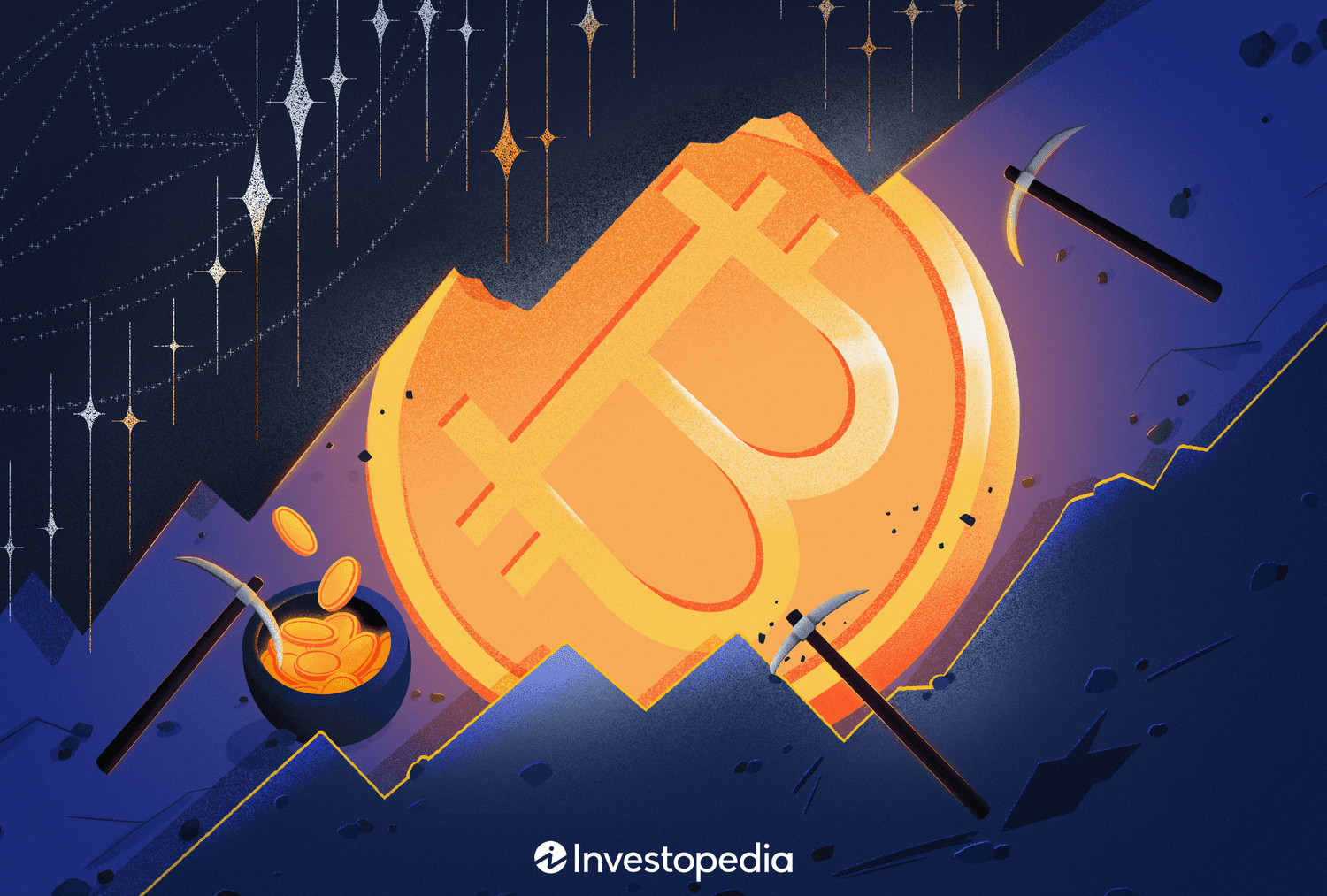
Key points
- Spot ether ETFs began trading in the U.S. today, with the funds initially having more than $10 billion in collective assets under management.
- Analysts expect the launch of spot ether ETFs to have a net negative impact on the underlying price of ether in the near term, due to expected outflows from the pre-existing Grayscale Ethereum Trust.
- Spot Bitcoin ETFs continue to see strong inflows, with BlackRock’s IBIT alone seeing more than $500 million in inflows on Monday.
- Franklin Templeton, a spot ETF issuer on bitcoin and ether, has invested in a project that intends to bring Ethereum technology to Bitcoin.
Nine-point ether exchange-traded funds (ETFs)) started trading on the stock market on Tuesday, but all the optimism ahead of their approval did not translate into gains for the cryptocurrency markets.
Ether (ETH), the native cryptocurrency of the Ethereum blockchain, dropped less than 1% around the $3,400 level as of 1:30 PM ET, while Bitcoin (BTC) fell more than 2% to around $66,000.
Ether ETFs’ Debut Isn’t as Flashy as Bitcoin ETFs’
Spot ether ETFs began trading at just over $10 billion assets under management (AUM)), according to Bloomberg Intelligence analyst James Seyffart, most of that money is in the current Grayscale Ethereum Trust (ETHE) which has now been converted into an ETF.
“In the long term, Grayscale will simultaneously have the highest and lowest fees in the market. The asset manager’s decision to keep its ETHE fee at 2.5% could lead to outflows from the fund,” Kaiko Research said in a note on Monday.
Outflows from ETHE, if they occur, would be similar to those faced by Grayscale’s Bitcoin Trust (GBTC) after spot bitcoin ETFs began trading in January of this year, most likely due to high fees for the two original funds. Grayscale’s existing fund charges 2.5% fees, while a new “mini” ether ETF will charge 0.15% and commissions for other ETFs are set at 0.25% or less.
Such outflows could impact the price of ether and market sentiment.
“There could be a pullback shortly after the launch of Ethereum spot ETFs, i.e. outflows from Grayscale Ether Trust could dampen market sentiment in the short term,” Jupiter Zheng, a partner at Hashkey Capital’s liquid fund, told The Block.
But Grayscale remains optimistic.
“Compared to the splashy debut of spot bitcoin ETPs in January, the launch of ethereum ETPs has been relatively muted,” said Zach Pandl, Grayscale’s head of research, adding that investors may be “undervaluing” ether ETFs that are “coming to the U.S. market in tandem with a shift in U.S. cryptocurrency policy and the adoption of tokenization by major financial institutions.”
Bitcoin ETF Inflows Continue to Rise
As for bitcoin, there is clearly no lack of demand for spot ETFs, such as BlackRock’s iShares Bitcoin Trust (IBITS) recorded its sixth-largest day of inflows in its short history on Monday, at $526.7 million, according to data from Farside Investors. Daily inflows for the overall spot bitcoin ETF market also hit their highest level since June 5.
In particular, asset manager Franklin Templeton, which has issued both bitcoin and ether ETFs, appears to have decided to cover its back when it comes to Ethereum by investing in Bitlayer, a way to implement Ethereum technology on a second-layer Bitcoin network, according to CoinDesk.
News
Spot Ether ETFs Start Trading Today: Here’s What You Need to Know
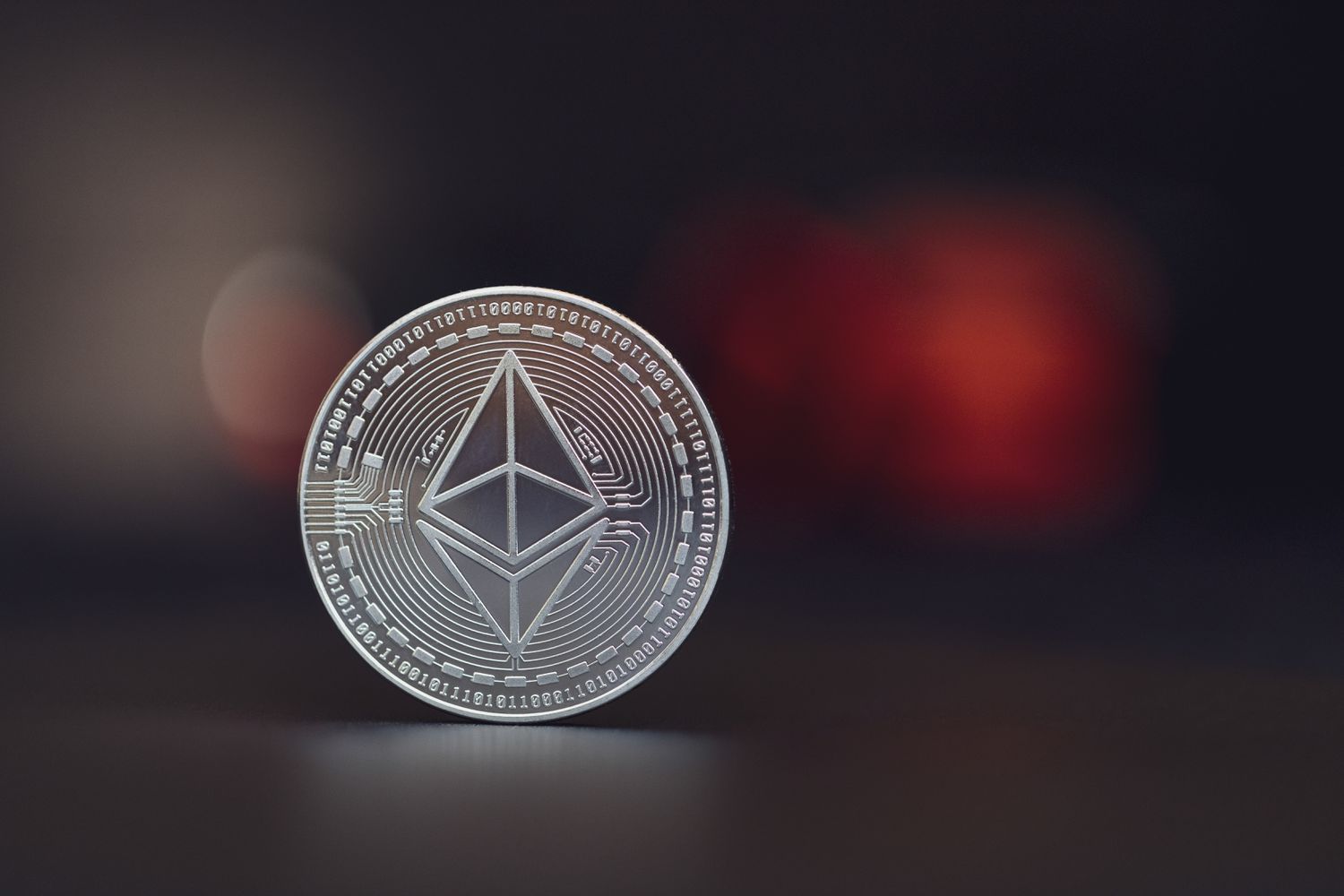
Key points
- Spot ether ETFs will begin trading on U.S. exchanges on Tuesday. Nine ETFs will trade on Cboe BZX, Nasdaq and NYSE Arca.
- Ether ETFs offer investors exposure to the price of their underlying assets.
- Commissions on these new ETFs generally range from 0.15% to 0.25%.
- These ETFs do not provide exposure to Ethereum staking.
The U.S. Securities and Exchange Commission (SEC) has officially approved nine ether spots (ETH)exchange-traded funds (ETFs) for trading on U.S. exchanges. Trading for these new cryptocurrency investment vehicles begins today. Here’s everything you need to know.
What new ether ETFs are starting to trade today?
Spot ether ETFs starting trading today can be found at Quotation, NYSE Arkand Cboe BZX. Here’s a breakdown of each ETF you can find on these three exchanges, along with the fund tickers:
Cboe BZX will list the Invesco Galaxy Ethereum ETF (QETH), the 21Shares Core Ethereum ETF (CETH), the Fidelity Ethereum Fund (FETH), the Franklin Ethereum ETF (EZET) and the VanEck Ethereum ETF (ETHV).
Nasdaq will have the iShares Ethereum Trust ETF (ETHA) created by BlackRock, which also operates the largest spot bitcoin ETF under the ticker IBIT.
NYSE Arca will list the Bitwise Ethereum ETF (ETHW) and the Grayscale Ethereum Trust (ETHE). The Grayscale Ethereum Mini Trust (ETH), which will begin trading on the same exchange.
How does an ether ETF work?
Spot ether ETFs are intended to offer exposure to the price of ether held by the funds. Ether is the underlying cryptocurrency of the Ethereal network, the second largest crypto network by market capitalization.
ETF buyers are buying shares of funds that hold ether on behalf of their shareholders. Different spot ether ETFs use different data sources when it comes to setting the price of ether. Grayscale Ethereum Trust, for example, uses the CoinDesk Ether Price Index.
None of the ETFs launching today include pointed etherwhich represents a potential opportunity cost associated with choosing an ETF over other options such as self-custody or a traditional cryptocurrency exchange.
Ether staking currently has an annual return of 3.32%, according to the Compass Staking Yield Reference Index Ethereum. However, it is possible that the SEC will eventually approve Ether staking held by ETFs.
How can I trade Ether ETFs?
ETFs can simplify the trading process for investors. In the case of cryptocurrencies, instead of taking full custody of the ether and taking care of your own private keysSpot ether ETFs allow investors to purchase the cryptocurrency underlying the Ethereum network through traditional brokerage accounts.
Today, not all brokers may offer their clients spot ETFs on cryptocurrencies.
What are the fees for ether ETFs?
The fees associated with each individual spot ether ETF were previously revealed In the S-1 OR S-3 (depending on the specific ETF) deposit associated with the offerings. These fees are 0.25% or less for all but one.
The Grayscale Ethereum Trust, which converts to an ETF, has a fee of 2.5%. The Grayscale Mini Ethereum Trust has the lowest fee at 0.15%. These fees are charged on an annual basis for the provider’s management of the fund and are in line with what was previously seen with spot bitcoin ETFs.
Brokers may also charge their own fees for cryptocurrency trading.
News
Kamala Harris Odds Surge Amid $81M Fundraise. What Does It Mean for Bitcoin and Cryptocurrencies?

Market odds and memecoins related to US Vice President Kamala Harris have soared as the latest round of donations tied to the Democratic campaign raised $81 million in 24 hours, bolstering sentiment among some traders.
The odds of Harris being declared the Democratic nominee have risen further to 90% on cryptocurrency betting app Polymarket, up from 80% on Monday and setting a new high.
Previously, in early July, bettors were only betting on 8%, but that changed on Saturday when incumbent President Joe Biden announced he would no longer run in the November election. Biden then approved Harris as a candidate.
Polymarket traders placed $28.6 million in bets in favor of Harris, the data showsThe second favorite is Michelle Obama.
Somewhere else, Memecoin KAMA based on Solanaa political meme token modeled after Harris, has jumped 62% to set a new all-time high of 2 cents at a market cap of $27 million. The token is up a whopping 4,000% from its June 18 low of $0.00061, buoyed primarily by the possibility of Harris becoming president.
As such, Harris has yet to publicly comment on cryptocurrencies or her strategy for the growing market. On the other hand, Republican candidate Donald Trump has expressed support for the cryptocurrency market and is expected to appear at the Bitcoin 2024 conference on Saturday.
However, some expect Harris or the Democratic Party to mention the sector in the coming weeks, which could impact price action.
“While he has not yet received the official nomination, there is consensus that last night’s development is in line with current Democratic strategy,” cryptocurrency trading firm Wintermute said in a Monday note emailed to CoinDesk. “Keep an eye on Democrats’ comments on this issue in the coming days.
“The prevailing assumption is that Harris will win the nomination and any deviation from this expectation could cause market volatility,” the firm added.
News
Top 30x Cryptocurrency and Coin Presales Today: Artemis Coin at #1, Others Are: BlockDAG, 99Bitcoin, eTukTuk, and WienerAI
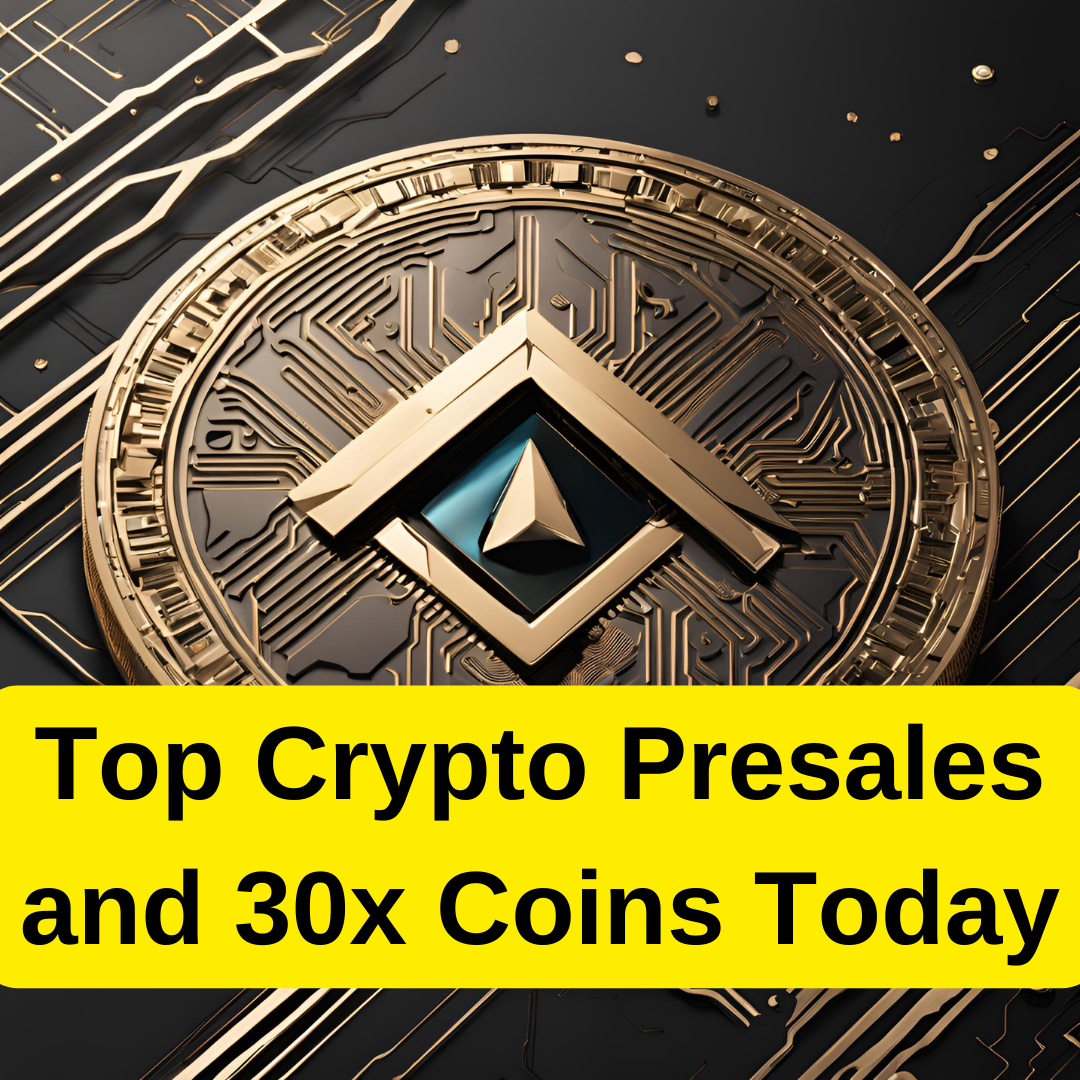
The cryptocurrency market has seen a lot of growth and imagination lately, with new ventures popping up regularly. A critical pattern in this space is the rise of crypto pre-sales, which give backers the opportunity to get involved with promising projects early on. Artemis is a standout option for crypto investors looking to expand their portfolios amid the many pre-sales currently underway.
Cryptocurrency presales, commonly referred to as initial coin offerings (ICOs), allow blockchain ventures to raise capital by offering their local tokens to early backers before they become available on open exchanges. Investors can take advantage of these presales by purchasing tokens at a lower price. If the project is successful and the token’s value increases, investors stand to receive significant returns.
>>> Explore the best cryptocurrency pre-sales to buy now <<
The Ultimate List of the Top 5 Cryptocurrency Pre-Sales to Invest In
- Artemis: The aim of Artemis (ARTMS) will become the cryptocurrency equivalent of eBay or Amazon. The upcoming Phase 4 will see the launch of the Artemis Framework, which will serve as a stage for digital money exchanges where buyers, sellers, specialized organizations and those seeking administration can participate in coherent exchanges.
- DAG Block: uses Directed Acyclic Graph technology to increase blockchain scalability.
- 99bitcoin: operates as a crypto learning platform
- WienerAI uses AI-powered trading bots for precise market analysis.
- eTukTuk focuses on environmentally sustainable transportation options, such as electric vehicle charging infrastructure.
We have determined that Artemis is the best new cryptocurrency presale for investment after conducting extensive research. It presents itself as the unrivaled cryptocurrency presale choice currently open.
>> Visit the best cryptocurrency pre-sale to invest in now <<
Top 5 Crypto Pre-Sales and Best Cryptocurrencies for Investment Today
Artemis (ARTMS) is attempting to establish itself as the cryptocurrency version of eBay or Amazon. The Artemis Crypto System, which will act as a platform for cryptocurrency transactions, will be launched in Phase 4. Buyers, sellers, service providers, and requesters will all benefit from seamless trading with this system. Customers will be able to purchase things, such as mobile phones using digital money, as well as sell products such as involved bicycles and get paid in cryptocurrency. Additionally, crypto money can be used to pay for administrations such as clinical consultations, legitimate care, and freelance work. Artemis Coin will act as the main currency of the ecosystem, with Bitcoin and other well-known cryptocurrencies from various blockchain networks backing it.
Artemis Coin has increased in price from 0.00055 to 0.00101 from 0.00094. Artemis may be attractive to individuals looking to recoup losses in Bitcoin, as predicted by cryptocurrency analysts. At this point, it seems to present an interesting presale opportunity.
>>> Visit the best cryptocurrency pre-sale to invest in now <<
The world of digital currency pre-sales is an exciting and exciting opportunity that could open the door to game-changing blockchain projects. Projects in this article, like Artemis Coin, offer the opportunity to shape the future of various industries and the potential for significant returns as the industry develops.
However, it is imperative to approach these investments with caution, thorough research, portfolio diversification, and awareness of the risks. You can explore the digital currency pre-sale scene with greater certainty and increase your chances of identifying and profiting from the most promising venture opportunities by following the advice and methods in this article.
>>> Join the best cryptocurrency pre-sale to invest in now <<
-
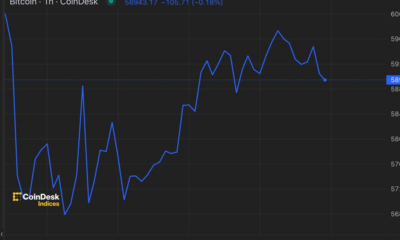
 News1 year ago
News1 year agoBitcoin (BTC) price recovery faces test on non-farm payrolls
-

 Bitcoin12 months ago
Bitcoin12 months ago1 Top Cryptocurrency That Could Surge Over 4,300%, According to This Wall Street Firm
-

 Altcoins12 months ago
Altcoins12 months agoOn-chain data confirms whales are preparing for altcoin surge with increased buy orders
-

 Bitcoin12 months ago
Bitcoin12 months agoThe US government may start accumulating Bitcoin, but how and why?
-
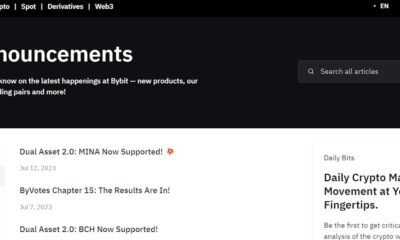
 News1 year ago
News1 year agoNew ByBit Listings for 2024: 10 Potential Listings
-

 News1 year ago
News1 year ago11 Best Crypto TikTok Accounts & Influencers in 2024
-

 Altcoins1 year ago
Altcoins1 year agoMarket giants have taken action!
-

 News1 year ago
News1 year ago11 Best Shitcoins to Buy in 2024: The Full List
-

 Ethereum1 year ago
Ethereum1 year agoTop Meme Coins by Market Capitalization in 2024
-

 News1 year ago
News1 year ago1.08 Trillion SHIBs Dumped on Major Crypto Exchange, What’s Going On?
-

 News1 year ago
News1 year ago19 Best Crypto Games to Play in 2024
-

 Altcoins1 year ago
Altcoins1 year agoAltcoin Recommended by Crypto Expert for Today’s Portfolio





